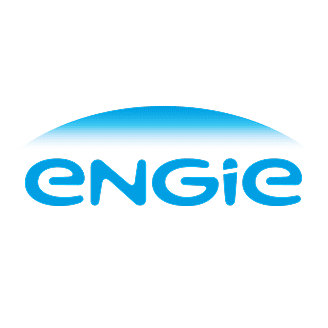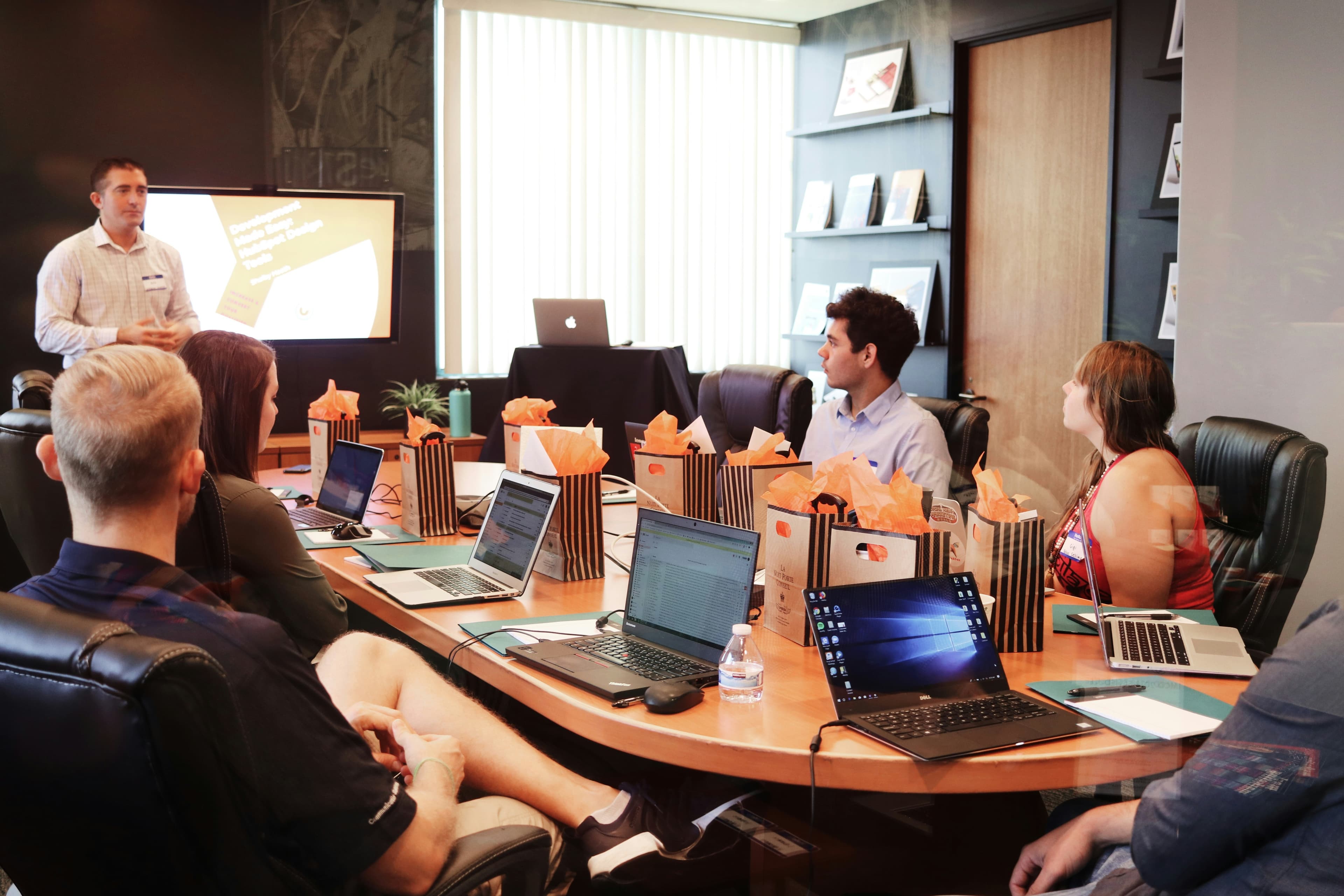Foster employee awareness on decarbonization
 ENGIE
ENGIE总结
The initiative was the first gamified training in climate change and the company’s ESG commitments offered to all employees, allowing a more engaging learning process.
Context
The growing urgency of climate change and the need for concrete action by organizations have driven new approaches to environmental education and corporate engagement. In this context, the Net Zero Carbon Game represents an innovative training initiative focused on sustainability, with an emphasis on reducing greenhouse gas (GHG) emissions and promoting a net zero carbon culture.
Held over five months, three of planning and two of execution, the main objective of the competition was to spark the interest of the company’s employees in its environmental and climate commitments, using a gamification-based methodology with interactive challenges, digital games, and educational content developed with a specialized supplier in this topic. The proposal was to transform learning into an engaging, accessible, and meaningful experience, promoting understanding of concepts such as carbon footprint, climate neutrality, and social and environmental responsibility.
In addition to the playful aspect, the technical content was carefully designed to address topics such as the impact of GHGs, the concept of CO₂ equivalent (CO₂e), the emission scopes defined by the GHG Protocol, and mitigation, adaptation, and carbon offset strategies. The initiative is directly aligned with the company’s purpose, which is to act to accelerate the transition to a carbon-neutral society through reduced energy consumption and more environmentally friendly solutions. It is also connected to the company's goal of achieving carbon neutrality (net zero) by 2045, encouraging its employees to be protagonists in the journey towards climate neutrality (“Transition Makers”), reinforcing its commitment to decarbonization and sustainability. Besides climate ambition, other of the company’s ESG commitments aligned with the United Nation’s SDG’s where also connected with the training, allowing employees to relate both climate, biodiversity, environment and communities.
Since the company has a nationwide presence and multiple business lines across the country, the virtual and asynchronous format allows accessibility for all employees. This is particularly important given that not all employees are involved in core business activities, as it brings individuals closer to understanding the company’s positive or negative impact on climate change.
Location: Company’s sites across Brazil, spread across its 5 regions.
Solution
The game was divided into five stages, with a total of 42 challenges, 11 of which were educational digital games. The content was made available on an exclusive platform developed for the project, in a knowledge trail format, with continuous access, allowing employees to participate asynchronously and at their own pace. The pedagogical approach prioritized inclusion, with adjustable difficulty levels and a focus on active participation.
A distinguishing feature was the integration of technical content on carbon. Participants learned, for example, that one metric ton of CO₂e represents the amount of GHG with the same global warming potential as CO₂. Comparative data was also presented, such as the emission of 40 kg of CO₂e in the production of 1 kg of beef, or 170g of CO₂e per kilometer driven by a gasoline car. This data was contextualized with the reality of the company and the energy sector, reinforcing the importance of energy efficiency, electrification, and the adoption of renewable sources.
The competition also addressed the concept of carbon footprint and the three emission scopes defined by the GHG Protocol: direct emissions from the company (Scope 1), indirect emissions from purchased energy (Scope 2), and other indirect emissions throughout the value chain (Scope 3). This understanding was essential for employees to understand the role of the company and each individual in mitigating and adapting to climate change.
From an organizational standpoint, the game contributed to strengthening the internal culture of sustainability, promoting a sense of belonging and collective responsibility. Interaction among participants was encouraged through collaborative challenges, with 123 new entries by referral and 90% of respondents reporting conversations with colleagues about the competition. This created an environment of continuous learning, dialogue, and exchange of experiences, spreading the company's culture and purpose in a playful and collaborative way.
The content was enriched with 22 newsletters curated by the company’s sustainability team and experts from the developer, as well as four editions of an exclusive comic book featuring the hero Carbon 6, whom employees had to help in his mission to defeat the Enemies of the Environment — symbolic characters inspired by behaviors in today's society that harm the environment, people, and the company itself.
Impact
Sustainability impact
Climate
The initiative focusses on engaging employees in sustainability culture
As a company that aims to be Net Zero within all of the GHGs Protocol scopes by 2045, it’s essential that all employees understand ang engage in its climate commitments. By promoting a sense of belonging and bringing all functions close to the company’s purpose, the initiative is expected to reflect in individual climate leadership in day-by-day activities, contributing to the company’s mitigation actions in all the 3 scopes.
Nature
The educational trail prepared for the employees brought a wide vision on the climate issue, not only teaching technical data about GHG emissions, but connecting it to the impact on nature and the company’s commitment with water, forests, circular economy, biodiversity and pollution. The participants were stimulated not only to understand and own the company’s commitment but to rethink their relationship with nature in their individual lives and share best practices among colleagues.
Social
The first stakeholders to be impacted by the initiative were the employees themselves. The game was designed so that it could be accessible to 100% of the company’s workforce, therefore also integrating interns and outsourced staff. It also considered different work routines, needing to be asynchronous and accessible both by computer and mobile. Finaly, in a company with such different businesses in the country, it had to be adjustable to various stages of knowledge in the topics. This was the first Net Zero educational initiative with such characteristics.
Some of the informative content also connected climate action with the impact on society, by the company’s activities or in general, for example climate ethics and justice. In this case, it is expected to enhance critical thinking on social related climate change impacts in the participants, that can better engage both with the company’s purpose and with their families and communities.
Business impact
Benefits
As gamified training, the initiative had an impact on engaging employees with a more ludic purpose, something that is essential for a company from such a traditional sector, as the energy sector. Also, in many challenges it was stimulated for the employees to engage between their colleagues to achieve their goals, working on interpersonal skills of collaboration.
The impact on the employees has been acknowledged by external stakeholders, since the initiative won 2nd place in the ESG category of the annual prize from the Brazilian Association for Institutional and Governmental Relations.
Costs
The initiative costs the company approximately U$50 per active participant (considering the 462 participants engaged within the 5 stages of the learning trajectory). If you consider the possible participants, all employees, this number drops to U$ 9,5. This is bellowing the national average rate for corporate training, that is approximately U$ 118,50.
All these numbers are calculated with the amount in the Brazilian currency and the exchange rates from August 2024, when the game was deployed.
Impact beyond sustainability and business
Co-benefits
Even though the initiative was developed mostly with the intention to engage employees in the company’s culture in sustainability, it connected the business with other topics such as global governance and standards, communities’ vulnerability, ethics and justice. All of these are essential not only in their work routines but also in their communities and families. The gamified purpose also helped with other individual skills, such as collaboration.
Implementation
Typical business profile
The initiative is related to enhancing the comprehension of the company’s Net Zero Journey, ESG commitments, and its own purpose in leading a just energy transition. Furthermore, other soft skills that fit the company’s culture, such as commitment to deliver, collaboration and engagement were addressed by the game.
Approach
Choosing your partner: For the gamified platform and games, the company needed to partner with a specialized third-party. Since it was expected to be a more mature approach on climate issues, the internal responsible team did not want any given service on the market, selecting a partner that would develop a personalized solution together with them.
Select the information: The company’s sustainability team had to provide the topics they wanted to approach, the internal policies and other commitments, as well as external relevant contents.
Align with other internal stakeholders: During the 2-month development, it was essential to align with other teams such as HR, Ethics, Data protection and IT, coordinating administrative rules and permissions.
Ethics and data protection: approval of the personal data from employees collected by the game; Definition of the most secure way to manage this information
IT and data protection: Authorization and definition on online permissions and data collection
HR: Definition of rules of participation and awarding for the employees; Internal communications campaign to bring participants
Continuous review and adjustment: The sustainability team needed to review and approve the content developed by the supplier. This is needed weekly from the members that were leading the project, to be constantly in contact with the supplier to adjust anything needed during the 5-month project.
Feedback forms: At the beginning and end of the game, participants were invited to complete online forms, allowing the company to compare the results of the initiative.
Stakeholders involved
Internally, the key stakeholders were:
Environmental, Corporate Social Responsibility and Energy Transition corporate team: responsible area within the company
Procurement: market research on suitable suppliers and negotiations
Ethics and data privacy: Approval and design on personal data management
IT and data privacy: design and approval together with the supplier on the employee’s access to the initiative
HR: Design and approval in the participation and awarding rules
Internal communications: employees’ engagement on the initiative
External Communications: external disclosure about the initiative
Externally, the key stakeholder was the supplier, a company specializing in gamification solutions for education.
Key parameters to consider
Gamified educational solutions are already a well know solution to promote a more engaging and fun learning environment, even in corporations. However, internally, this was the first experience of on the Net Zero topic and available to all employees.
It took 2 months of development with the supplier and 3 months of ongoing training.
Implementation and operations tips
The first major challenge was finding a supplier with a product that met the company’s specific needs, as basic sustainability training—such as recycling and reducing water consumption—was not sufficient. This led the team to collaborate with the supplier to develop highly personalized content. Although the results were very satisfying, it is important to note that this required significant dedication from the team, who were engaged almost exclusively during the three-month deployment of the training.
Other challenges were with the access to all employees to the platform, which resulted in an external platform. Since the company here owns different companies and business lines, and outsourced staff, it was quite challenging to find an internal virtual environment that could fit every employee.
Although the external platform helped the company address the problem mentioned above, it introduced new challenges related to ethics, IT, and data privacy rules. These issues were resolved, but it required considerable time coordinating between the responsible teams and the supplier to reach a better arrangement. This bureaucratic process should be accounted for in the project timeline.
Following these rules and steps, the initiative did not find any other huge obstacles besides little adjustments during the training. Any gamified training can be developed in the same format for different themes or when scaling up the net zero topic deepening and updating some of the contents.
